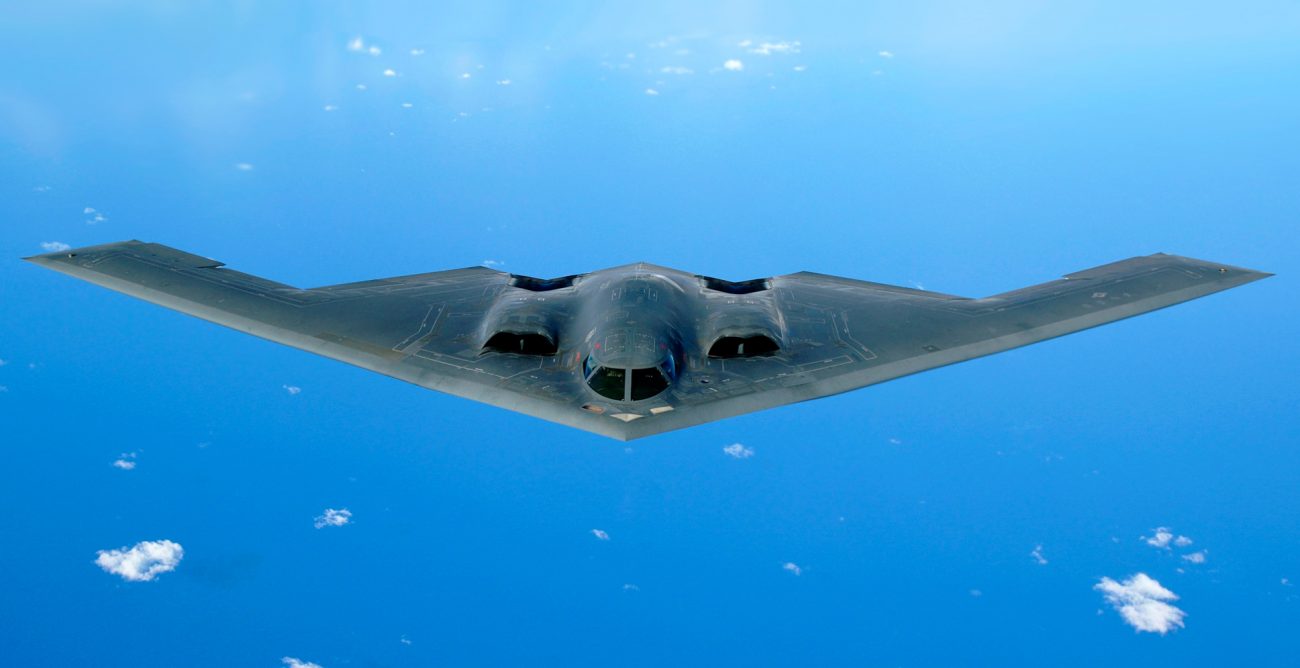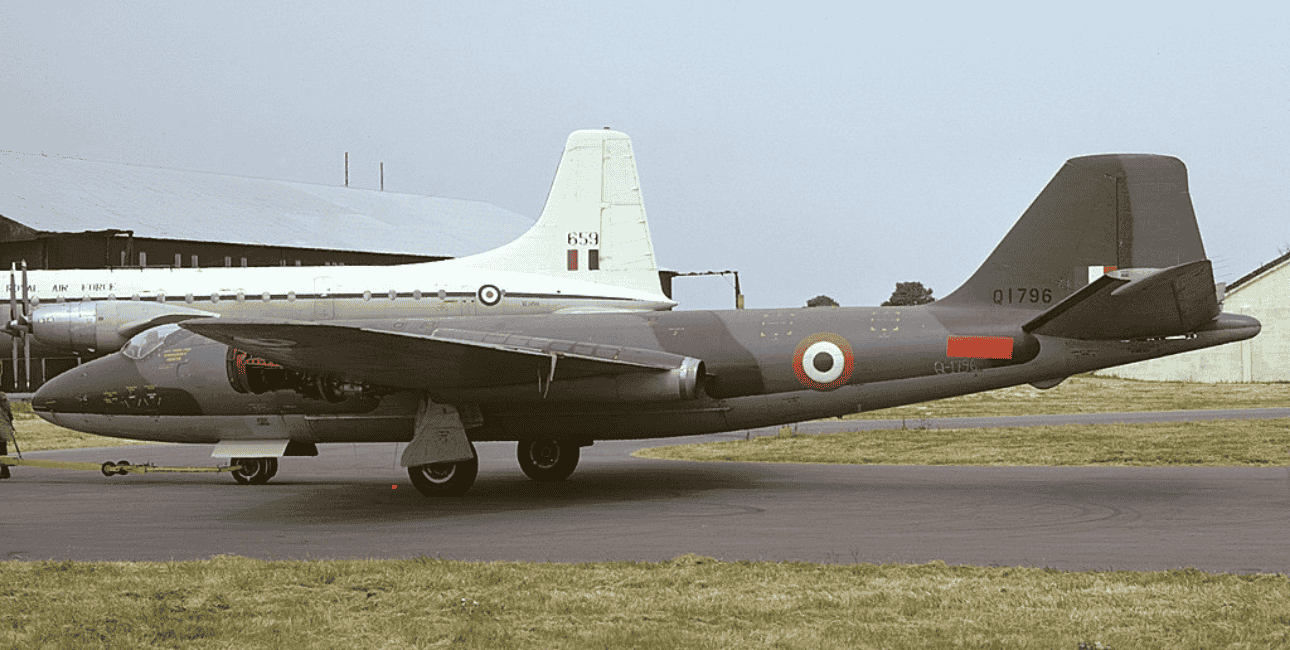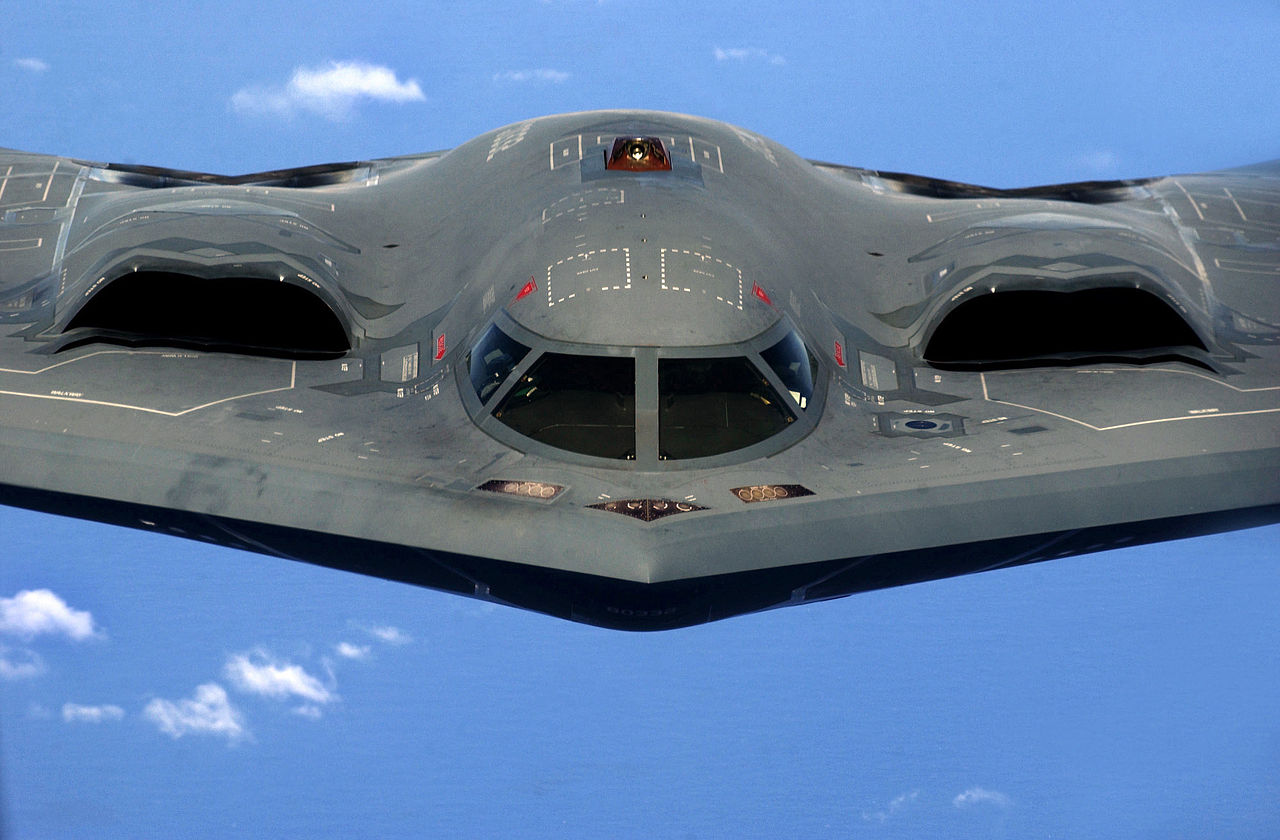Official sources in the defense establishment have denied that India is developing a strategic bomber, following multiple media reports about the so-called Ultra-Long-Range Strategic Bomber aimed at enhancing its Global Strike Capability.
On July 17, multiple defense news platforms reported that India is preparing to develop an ultra-long-range strategic aircraft (ULRA) for the Indian Air Force (IAF), capable of striking targets over 12,000 kilometers away.
Notably, had these reports been accurate, the Indian bomber would have become one of the longest-range strategic bombers in the world. The American B-2 Spirit has a range of 9,600 kilometers, while the planned B-21 Raider is reported to have a range of 9,000 to 11,000 kilometers.
The reports claimed that the planned bomber will give India the ability to strike anywhere in the world and project power globally. Furthermore, the reports claimed that the planned strategic bomber will be inspired by bombers such as the Russian Tu-160 ‘Blackjack’ and the American B-21 Raider.

For this ambitious project, the Indian government, alongside the Defence Research and Development Organisation (DRDO), HAL, and ADA (Aircraft Development Agency), is negotiating technology transfer with foreign defence companies, with Russia and France at the forefront, the media report had speculated.
However, highly-placed sources in the Indian defense establishment have categorically denied the story that India is working on developing a strategic bomber.
“India is not developing any strategic bombers. The reports published in the media are misleading”, an official told the EurAsian Times on condition of anonymity.
However, these reports and the swift denial by the Indian defense officials have once again reignited the debate over whether India, a regional power with global aspirations, actually needs a strategic bomber.
The History Of Bombers In The IAF
Currently, the IAF does not have any bombers. However, it was not always so. India operated three squadrons of American B-24 Liberators till 1968, which the British left behind.
The IAF also operated British Canberra, which was commissioned into the IAF in 1957. The Canberra played a critical role in India’s wars with Pakistan in 1965 and 1971. The Canberra ran multiple bombing operations in Pakistan during these wars.
Notably, Indian Canberra bombers also participated in UN missions in Congo.
When political turmoil broke out in the Belgian Congo in 1961, the UNO requested India to provide strike aircraft. Six Canberra aircraft of No. 5 Squadron took off from Agra for Leopoldville, over 6,000 km away, to join the United Nations’ Multinational Force in the Congo.
This was the first ever-Indian fighter-bomber contingent to take part in UN operations. The offensive operation in Congo earned the Squadron two Vir Chakras, one Vayu Sena Medal, and five Vishisht Seva Medals.

The Canberras took part in all major operations, including the liberation of Goa in 1961, the 1965 and 1971 Indo-Pak wars, 1987 Op Pawan in Sri Lanka, 1988 Op Cactus in the Maldives, and the 1999 Kargil war.
The Canberra last saw action in the Kargil war in 1999, where it flew recce missions. During one of the missions, one aircraft’s engine was hit by a missile. The sturdy Canberra could survive the enemy’s missile attack and landed safely with all vital information.
This bomber was retired in 2007 after serving for almost five decades.
Since then, the IAF, the world’s fourth-largest Air Force, has been operating without any strategic bombers.
In 1999, India reportedly signed a lease-to-buy contract for four Tu-22M aircraft for maritime reconnaissance and strike purposes. These aircraft, along with the Kh-22 cruise missiles, were to enter Indian Air Force (IAF) service in 2001. However, the contract was later cancelled.
Does India Need A Long-Range Bomber?
Although senior officials in the Indian defense establishment have denied the story that India is developing a strategic bomber, the report has once again reignited the debate over whether India needs a strategic bomber.
Although there are strong arguments on both sides, a holistic cost-benefit analysis would suggest that India does not really need strategic bombers, given its current security needs.
Regional Security Needs: India’s military strategy has historically focused on regional defense and deterrence rather than global power projection, which is the primary role of strategic bombers.
India’s primary adversaries, Pakistan and China, are within the operational range of its existing multi-role fighter aircraft, such as the Su-30MKI, Rafale, and SEPECAT Jaguar, which can perform deep-penetration strike missions in these countries with aerial refueling.
Especially, Pakistan lacks strategic depth, and India’s existing fighter jets are capable of conducting combat missions throughout Pakistan.
China’s extended territory does pose challenges. However, Indian fighter jets can also conduct combat missions inside China with the help of aerial refueling.
Furthermore, India can target China with the aid of other means, such as ballistic missiles and cruise missiles. India does not need to fly bombers to Southeast Asian countries or countries of West Asia, as New Delhi has no conflict or claims over any region.
Larger RCS: It is undoubtedly true that aerial refueling in contested airspace is challenging, especially in countries like China, which have advanced air defense systems. But strategic bombers, with their larger Radar Cross Section (RCS), also have to operate in the same contested airspace.
Heavy bombers, due to their large radar cross-sections (RCS), are highly vulnerable to modern air defense systems, such as the Russian S-400 or China’s HQ-9, which both Pakistan and China operate.
For example, former IAF Gp Capt Kishore Kumar Khera (Retd.) notes that the large size, limited speed, and maneuverability of strategic bombers reduce their survivability in intense air defense environments, tilting the cost-benefit analysis against their induction.
High Costs: Heavy Bombers are incredibly costly. They are also expensive to maintain and operate. For instance, an F-35A costs around US$110 million, whereas a B-2 Spirit could cost upwards of US$2 billion. In other words, one could buy a whole squadron of F-35s for the cost of a single B-2 Spirit bomber.

Consequently, even losing one strategic bomber could be a significant moral setback for a country. Also, the per-hour operating cost of a B-1 Lancer is US$61,000.
Furthermore, for a country like India, with limited resources, committing funds to both the fifth-generation stealth aircraft, AMCA, and a strategic bomber simultaneously could be extremely challenging.
India currently operates only 31 squadrons instead of the sanctioned strength of 42 squadrons. For now, India’s focus should be on acquiring new squadrons of combat jets rather than developing an expensive heavy bomber.
Shift in Modern Warfare: Also, modern combat is evolving at a breakneck pace. Modern warfare doctrine prioritizes precision, stealth, and unmanned systems over traditional bombing runs, which are fast becoming obsolete.
A striking example of this modern warfare was demonstrated by Ukraine recently when it claimed to destroy 40 Russian strategic bombers using low-cost drones. According to Western sources, Russia lost at least nine strategic bombers during Operation Spiderweb.
Meanwhile, Air Marshal Anil Chopra (retired) earlier argued: “A bomber can help India take the war deeper into enemy territory. It can be a bigger deterrent. Whether India’s fighter-bombers, surface-to-surface missiles, and cruise missiles can effectively replace bombers remains a moot question. If it were true, then the major powers need not develop bombers.”
And since both India and China are large countries, it may be of interest for India to have its own bomber, he says, adding that it will be a great asset for the dominance of the Indian Ocean Region.
Chopra believes that the Chinese bombers will remain a real threat to India in the future. India, he says, can develop bombers that can serve as a platform for combining multiple roles for now.
Although such aircraft packs a punch when it comes to delivering decisive victories in war, India has a long way to go before it can acquire or build its own bombers. Packing both electronic warfare elements and nuclear offensive capabilities, bombers will be significant force multipliers in the Indian arsenal.
However, considering the present operational needs of the IAF, India should prioritize combat jets, drones, and hypersonic missiles. Devoting precious resources to a strategic bomber development program at this stage could harm India’s existing programs, such as the AMCA, which is already delayed.
- Sumit Ahlawat has over a decade of experience in news media. He has worked with Press Trust of India, Times Now, Zee News, Economic Times, and Microsoft News. He holds a Master’s Degree in International Media and Modern History from the University of Sheffield, UK.
- VIEWS PERSONAL OF THE AUTHOR.
- He can be reached at ahlawat.sumit85 (at) gmail.com



